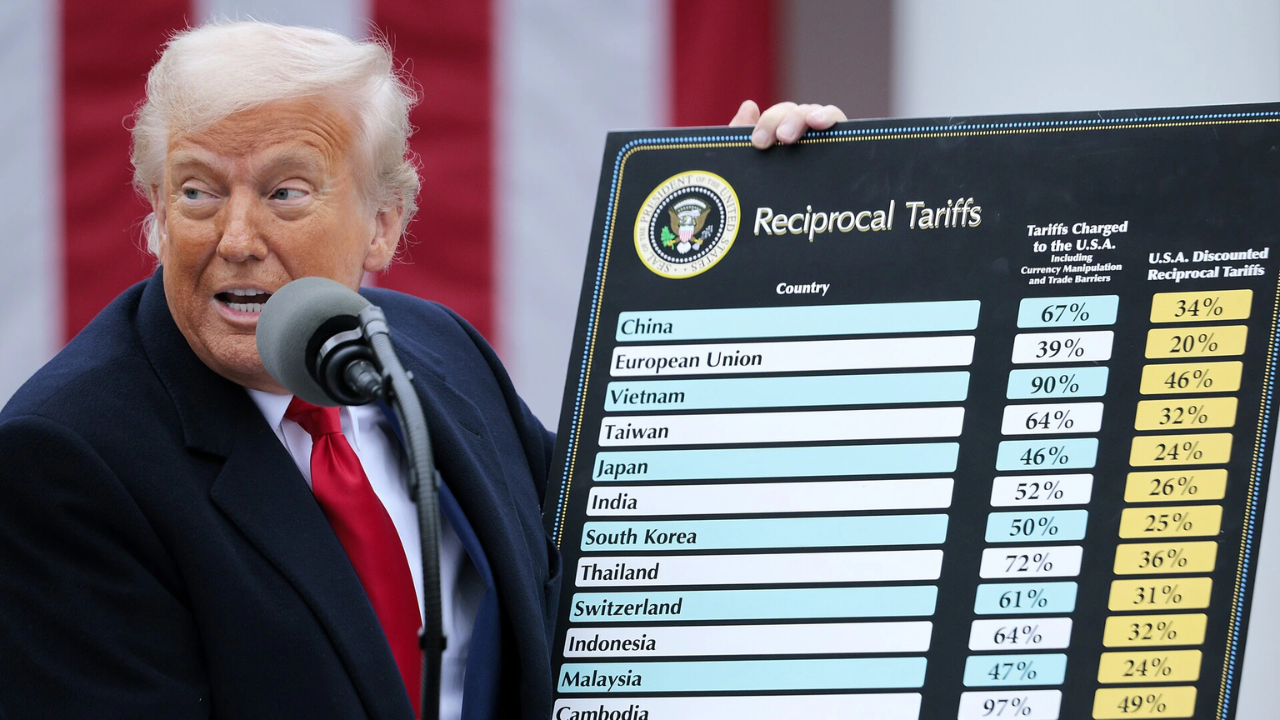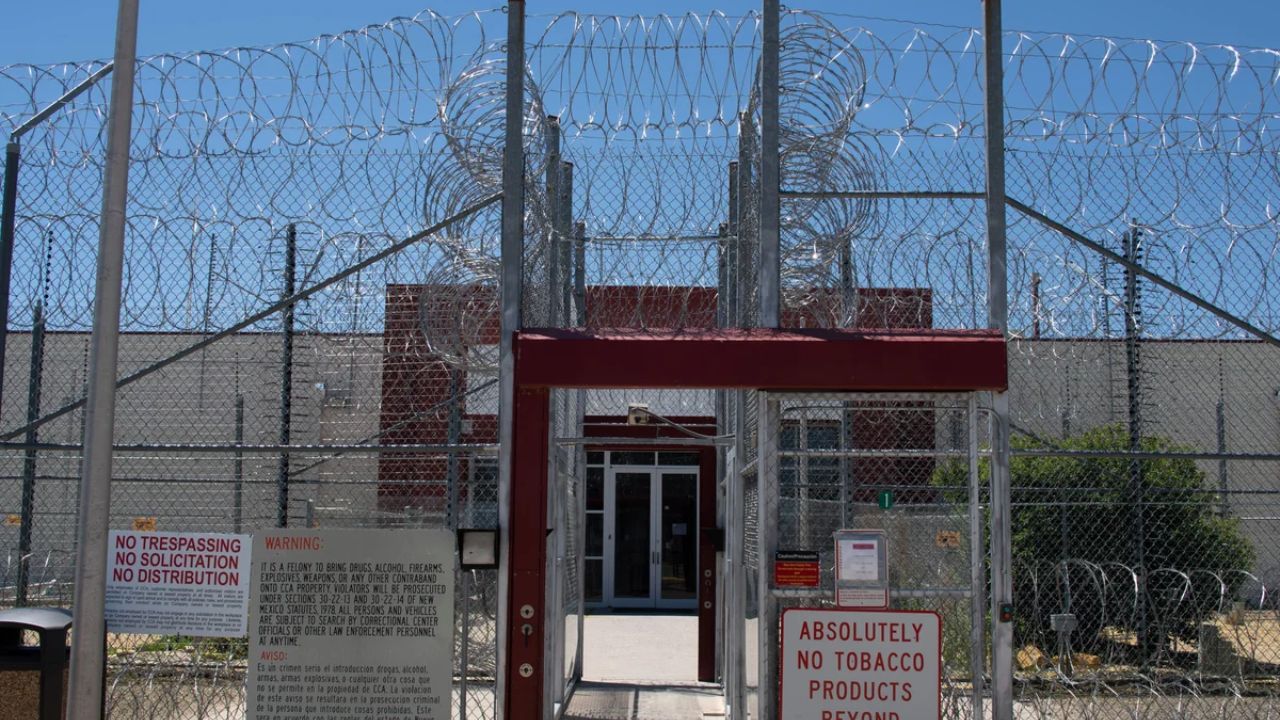Donald Trump and his team are quietly preparing a backup plan to bring tariffs back into the spotlight if he returns to the White House.
While Trump has talked openly about imposing a universal 10% tariff on nearly all imported goods, there’s growing uncertainty about whether that plan could survive legal and political hurdles, especially if Congress doesn’t support it.
Now, his advisors are reportedly exploring a lesser-known trade law from the 1930s—Section 338 of the Tariff Act of 1930—as a possible “Plan B.”
This law could give the president the power to impose tariffs on countries that treat American products unfairly, without needing the direct approval of Congress.
The idea behind this backup plan is to give Trump more flexibility. If legal challenges or political pushback prevent him from using broader authorities like Section 301 or national security-based justifications, Section 338 could serve as a workaround. It’s not been used in decades, but Trump’s team believes it might still be valid.
A former Trump administration trade official explained that this approach is seen as a safety net. “The idea is to have something ready in case the main plan gets blocked,” the source said.
However, legal scholars are already raising red flags. They warn that relying on Section 338 could spark major legal battles.
Critics say that while the law technically still exists, it hasn’t been used in over 50 years and might not hold up in modern court challenges.
Despite those risks, Trump’s team seems eager to show that they’re prepared for every scenario. They’re looking into how to revive the statute and build a legal case that could defend its use in today’s trade environment.
One concern is how international partners—especially China and the European Union—would respond to this type of move, which could trigger another wave of retaliatory tariffs or even a trade war.
During his first term, Trump frequently used tariff threats as a negotiation tool. His administration relied on Section 301 against China and Section 232 for national security-related tariffs, including those on steel and aluminum. Both tools were controversial but gave Trump considerable leverage in trade talks.
Section 338, however, is different. Originally designed to punish nations that imposed higher duties on American goods, it requires the president to first investigate and find evidence of discriminatory treatment before imposing new tariffs.
Even if the law is still technically in place, the U.S. International Trade Commission (USITC) hasn’t used it in decades, making its modern-day application uncertain.
Experts also point out that such an approach could attract legal challenges under the Administrative Procedure Act (APA), which governs how federal agencies operate. A major issue would be whether using Section 338 without updated guidelines from the USITC would violate procedural rules.
Still, Trump’s team appears ready to revive old legal tools if it means advancing their trade agenda. They believe that broad tariffs would not only raise money for the U.S. but also pressure countries like China to play fair.
As of now, nothing is finalized. Trump has not officially committed to this backup plan, and much depends on the outcome of the 2024 election.
But insiders say that the discussion around Section 338 shows how serious his advisors are about making tariffs a central part of his economic platform again.
Whether or not Plan B becomes a reality, the idea of using old trade laws in a new context is already sparking debate. If Trump wins and decides to go down this road, it could open a new chapter in how America handles trade—and it might not be smooth sailing.






